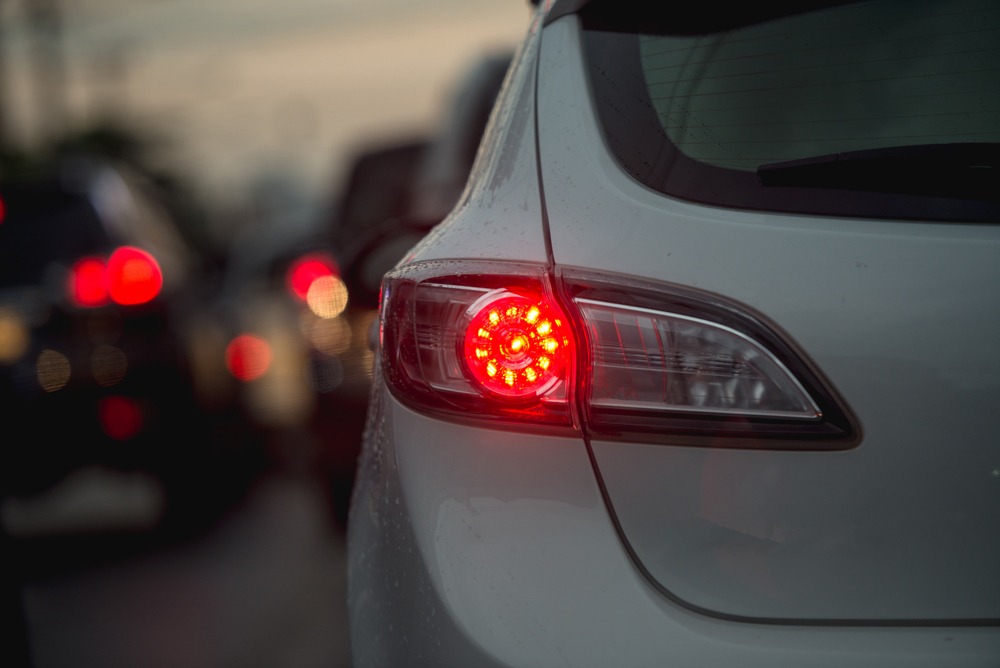
With an eye on reducing parking lot and other low-speed backing collisions, the Insurance Institute for Highway Safety (IIHS) has created a new rear crash prevention ratings program meant to single out the best of the appropriate technology.
“Some days we all could use help backing up, whether that’s in a garage with pillars that obscure your view, in a crowded mall parking lot or on a busy downtown street,” David Zuby, IIHS executive vice president and chief research officer, said. “The systems we rate in our first batch of tests will help reduce the chances of a backing fender-bender.”
Using a three-tier rating scheme, engineers evaluated the rear autobrake systems on six popular 2017 model vehicles. They looked at whether those vehicles came with rear autobrake, how it performed in car-to-car and car-to-pole tests from different approach angles, and the availability of parking sensors and rear cross-traffic alerts. Notably, though, they focused on these systems’ ability to prevent damage, not their ability to mitigate crash-related injuries.
In the process, the Subaru Outback wagon and Cadillac XT5 SUV took the highest marks: a superior rating. This was due to being equipped with optional rear autobrakes, parking sensors and rear cross-traffic alerts alike. They had to showcase systems that could avoid crashes or substantially reduce speed under many of the various test scenarios. The others didn’t fare poorly either–all four of the remainder earned advanced ratings with similarly optional gear. The remaining category–basic–is reserved for those vehicles with only parking sensors and/or rear cross-traffic alerts.
The ratings system weighted heavily toward rear autobrakes because the IIHS has determined that they provide the biggest crash reductions. Parking sensors and rear cross-traffic alerts were given partial credit, as the Highway Loss Data Institute (HLDI) found that the former reduce crashes reported to insurers, while the IIHS found the latter reduce police-reported crashes.
Research from IIHS has found that the combination of a rearview camera, rear parking sensors, and rear autobrakes can reduce backing crashes reported to police by as much as 78 percent. Rear autobrakes are not as common as front autobrakes, though–HLDI estimates they are optional on only 5 percent of 2018 model passenger vehicles and standard on less than 1 percent.